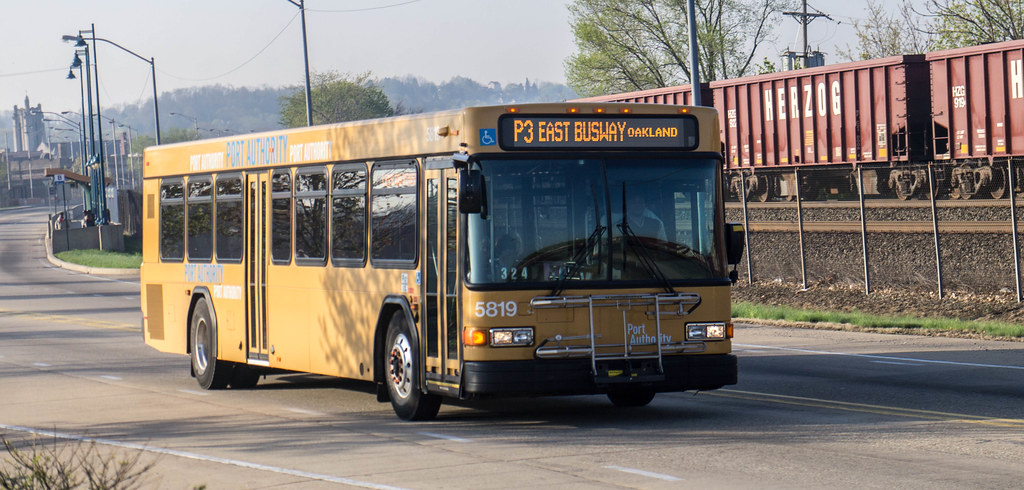On April 5, a 4.8 magnitude earthquake struck New Jersey, more specifically the city of Lebanon. This quake not only affected the Garden State, but sent waves through New York City, which has been receiving the most media attention for the strange occurrence. However, what had many people, like me, confused, was how a quake of this degree was possible in such an unlikely place.
Typically, earthquakes occur on fault lines along the edges of tectonic plates. These are the most well-known types of earthquakes, especially in America where we hear most about quakes happening along the San Andreas fault in California. But there is no tectonic plate edge in New Jersey, so how did this earthquake happen?

Turns out, fault lines can occur far from the edge of a tectonic plate. Since the Earth is more or less spherical (it’s actually an oblate spheroid), tectonic plates have areas that become stressed and weakened by the curvature of the planet. These weaker areas become more or less like fault lines and the surface of the earth can slip along rock formations.
This is especially true for Lebanon, as there used to be much more tectonic activity millions of years ago in that same area. This created what some call an “ancient fault,” fractures where the rock can slip from gravitational pulls but has no current active tectonic plate motion.
Essentially, this region experienced activity along the same area of stress within a plate which caused the “intraplate” quake, hitting and reactivating these ancient faults. And what people don’t know is that the East Coast actually experiences small earthquakes all the time because of fault lines like this!
Now, what people are worried about is the possibility of a future major earthquake in New York City or other places along the East Coast. According to historical records of earthquakes in the area along and what we know about the intraplate fault lines, it’s not likely that there will be a major earthquake in the future comparable to those that occur along the San Andreas fault. However, it’s hard to be exact about this type of thing.
If you’re at all worried about an East Coast quake, the best thing to do is be prepared! Brush up on some earthquake emergency protocols and update your emergency contacts on your phone. Drop, cover, and hold on!






Leave a Reply